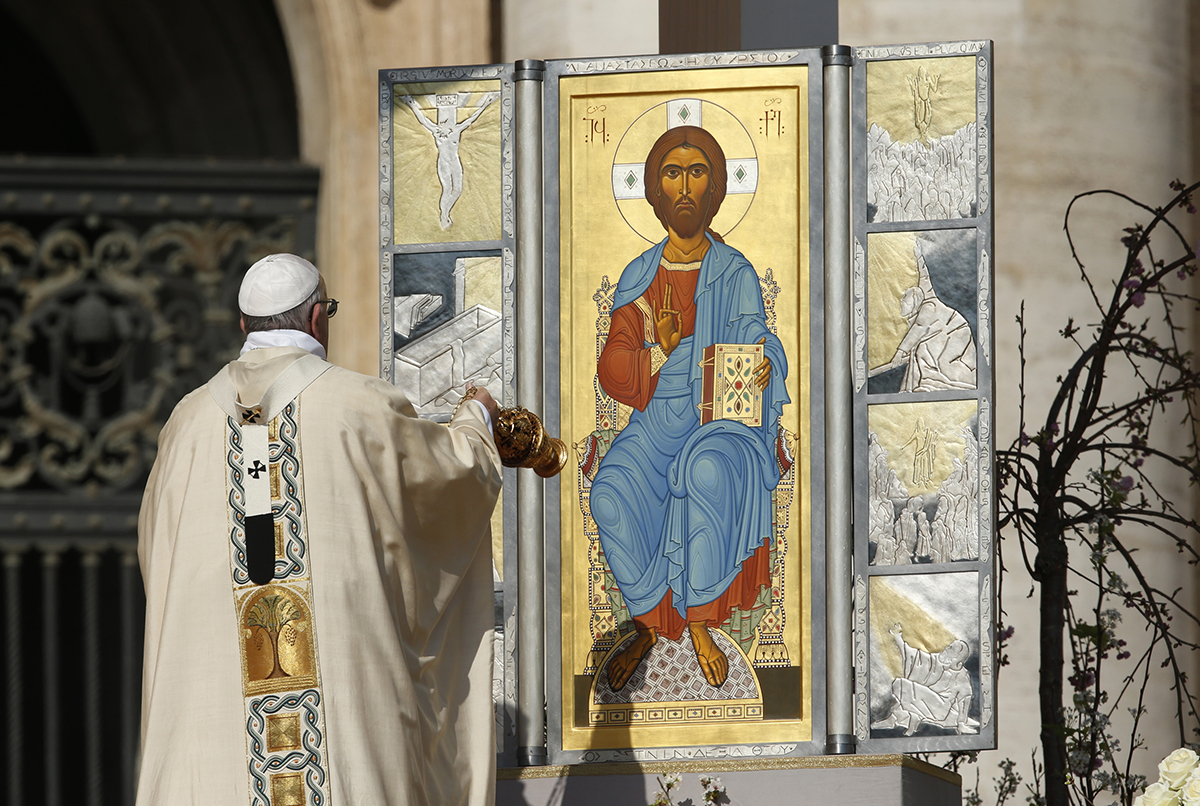
As we journey to the end of this Lenten Season, the Church’s liturgical calendar provides us with opportunities to grow deeper in our faith leading up to the Passion of Christ, and to meditate on His Resurrection in the Octave of Easter.
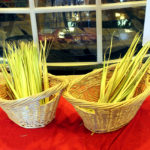
Palm Sunday, March 25
The Palm Sunday cry, “Blessed is he who comes in the name of the Lord,” challenges every Christian and every Christian community.
During Holy Week, we relive and review our personal walk with Christ.
Mark’s Gospel is oriented toward the death and resurrection of Jesus, and this climax begins with the triumphal entry into Jerusalem.
The Palm Sunday celebration is bittersweet, both joyful and sorrowful, Pope Francis said in a homily April 9, 2017, at St. Peter’s Square.
Jesus enters the city as the “Messiah who comes in the guise of a servant” and goes to His passion, Pope Francis said.
Pray for the grace to follow Jesus in word and deed, and pray for patience to carry our crosses daily, Pope Francis told the crowd.
Related
25 Things for your kids to spot during Palm Sunday and Triduum
Chrism Mass, March 26
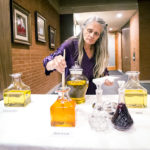
At this Mass, the bishop of the diocese blesses the holy oils that will be used in sacraments throughout the year.
Priests also renew their vows they made on their ordination day. At last year’s liturgy, Auxiliary Bishop Eduardo A. Nevares called on his brother priests to “never forget” the high and sacred call they had from God and to “continue to ask God to help us be faithful and firm in our priesthood.”
In the Diocese of Phoenix, the Chrism Mass is celebrated at Ss. Simon and Jude Cathedral on the Monday of Holy Week. The Mass begins at 7 p.m.
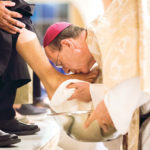
Holy Thursday, March 29
The Mass of the Lord’s Supper celebrated on Holy Thursday commemorates the institution of two sacraments: the Eucharist and Holy Orders. At this Mass, the priest washes the feet of designated members of the parish in imitation of Christ’s humble example of loving service.
The Holy Thursday liturgy signals the end of Lent and the beginning of the Triduum. In many parishes, Adoration takes place following the solemn liturgy. The Mass celebrated continues through the Triduum as one continuous Mass that culminates with the Easter Vigil Saturday evening.
Good Friday, March 30
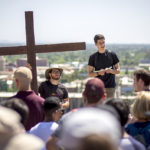
On this day, the passion, death and burial of Christ comprise the Liturgy of the Word. Good Friday is the one day of the year in which the Liturgy of the Eucharist is not celebrated. The tabernacle stands empty, its door wide open, and signalizing Christ’s descent into hell. The altar is stripped. We contemplate the deep suffering Christ endured to redeem us from our sins, venerating the cross, the instrument of our salvation. The faithful receive the hosts consecrated on Holy Thursday. Many parishes will pray the Stations of the Cross particularly on this day.
Holy Saturday, March 31
On this morning, before His resurrection later on in the evening, Christ is in hell where it is taught he broke the shackles of death. “Today there is a great silence over the earth, for the King sleeps,” writes an ancient unknown homilist in this day’s Liturgy of the Hours. He goes to find the first parents, Adam and Eve, “like a lost sheep,” the homilist writes.
Taking Adam by the hand, He says, “Awake, sleeper, and rise from the dead and Christ shall enlighten you. I am your God. For your sake I became one of your sons; to you now and to all your posterity I say: Go forth! You who are in darkness, look upon the light! You who sleep, rise up!”
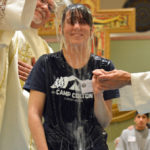
Easter Vigil, March 31
The church remains bare until the evening at the Easter Vigil Mass when the elect who have prepared to enter the Church are baptized and those previously baptized in other traditions renew their baptismal promises. The liturgy begins with the kindling of the Easter fire outside the church, representing Christ’s resurrection and calling to mind His words that He is the light of the world.
Easter Sunday, April 1
Being witnesses to the good news of Easter means being able and willing simply to share a bit of our story, to give testimony from our experience.
For those Catholics who were received into the Church last Easter, the ensuing months brought opportunities to deepen their faith and live out their Christian call to witness.
The encounter with the risen Lord on the road to Emmaus prepares the two disciples to be Jesus’ witnesses to the ends of the earth.
Divine Mercy, April 8
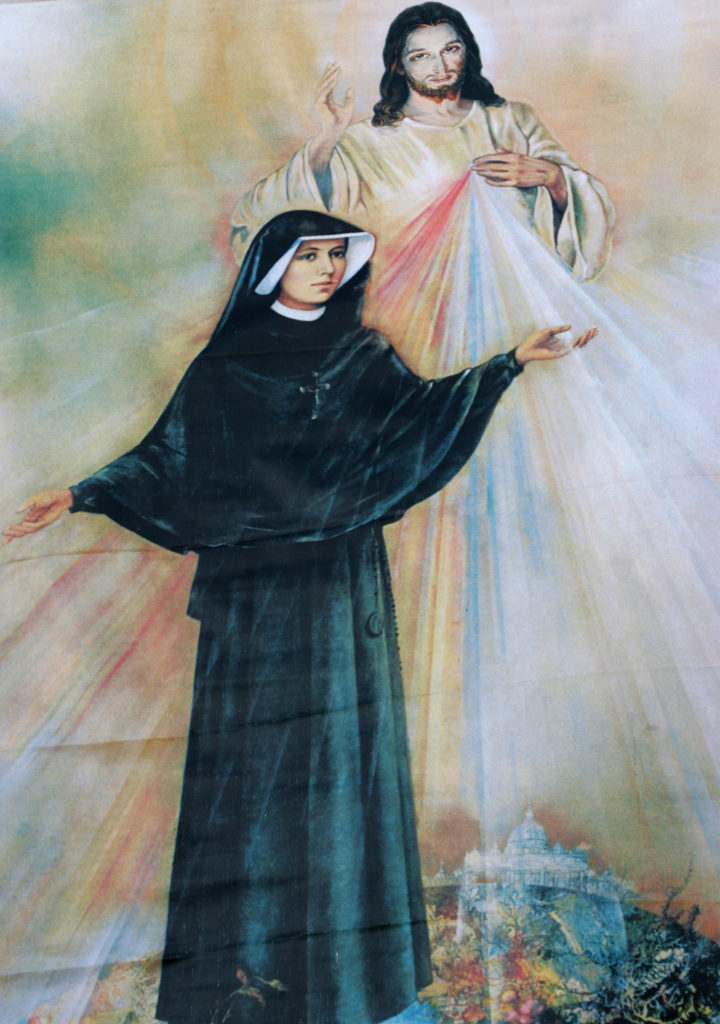
PRAY THE NOVENA
Considered a mystic, St. Faustina Kowalska spread the message of divine mercy in her personal journal called “Divine Mercy in My Soul.”
Divine Mercy Sunday is celebrated the first Sunday after Easter. As the popularity of the day has grown, more churches are using the day to remind parishioners about the power of mercy, confession and forgiveness.
St. Faustina’s message reverberated in St. John Paul II’s heart. During the homily for her canonization on April 30, 2000, the pope declared Divine Mercy Sunday to be celebrated worldwide.
To prepare for Divine Mercy Sunday, Catholics can pray a novena beginning on Good Friday, nine days before the feast of mercy.
St. Faustina Kowalska recorded a mystical experience in her diary, “Divine Mercy in My Soul,” where Christ first told her to spread this devotion. “By this novena, I will grant every possible grace to souls,” He said.






